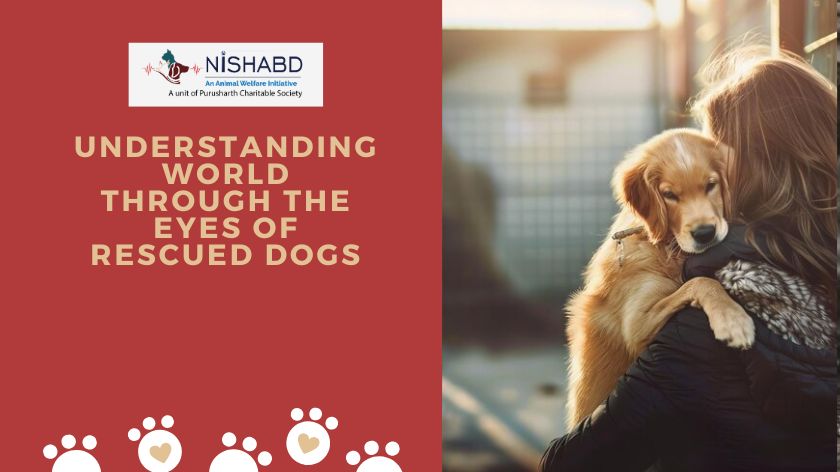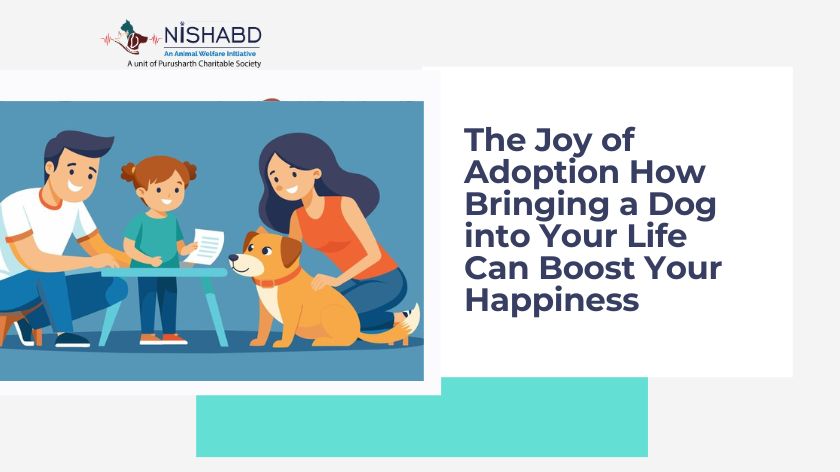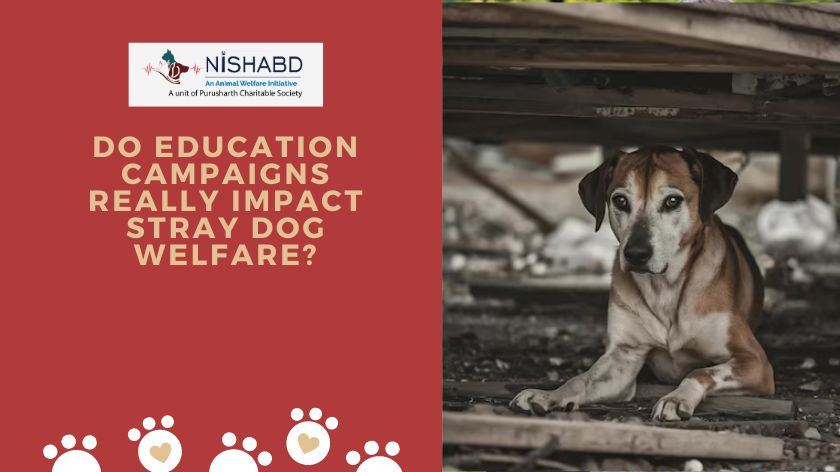How can Everyday Foods Impact your Pet’s Health? Revealing Hidden Risks
As loving pet owners, we all want the best for our furry friends. Whether it’s giving them treats, sharing our snacks, or preparing homemade meals, it’s essential to understand that not all human food is safe for pets. Dogs, in particular, have unique dietary needs, and feeding them the wrong types of food can cause serious health problems.
In this blog, we’ll explore how everyday foods can impact your pet health, the importance of proper dog food, and the hidden dangers of toxic foods for dogs. We’ll also touch on simple tips for pet health care to keep your dog happy and healthy.
The Importance of Proper Dog Food
Feeding your dog the right diet is one of the most important things you can do for their health. Commercial dog food is specifically designed to meet the nutritional needs of dogs, providing the right balance of proteins, fats, carbohydrates, vitamins, and minerals. These specially formulated foods ensure that dogs get everything they need to stay healthy, strong, and active.
The dog food is specially prepared to suit the needs of various breeds as well as ages and health issues. For example, puppies require different nutritional requirements than older dogs, and some breeds might require special diets if they suffer from allergies or weight issues, as well as other health issues. By adhering to a good diet for your dog and avoiding the many health risks associated with feeding your dog human food.
Hidden Risks in Everyday Foods
Although it may be tempting to share food with your pet, especially when they stare at you with puppy eyes that are so adorable, it’s important to realize that a lot of the foods we eat everyday could be harmful for dogs. Certain foods that are safe for humans may be dangerous for dogs, and can cause anything from a mild stomach upset to serious health issues.
- Chocolate
Chocolate is among the most widely known poisonous foods for dogs. It is a source of theobromine, which dogs are unable to efficiently process. Small amounts of chocolate may result in symptoms such as vomiting, diarrhea, rapid breathing, an increased heart rate, and in extreme instances, seizures or even death. Baking chocolate and dark chocolate are particularly dangerous because they contain higher levels of theobromine.
- Grapes and Raisins
Both raisins and grapes are toxic food choices for dogs, though the reason behind this is undetermined. The fact is that even small amounts can lead to kidney problems in dogs. It can cause nausea, fatigue, and an inability to eat. It is imperative to seek immediate veterinary attention when your dog eats raisins or grapes.
- Onions and Garlic
Onions and garlic are both rich in compounds that could harm a dog’s red blood cells causing anemia. It can result in symptoms like fatigue, weakness and decreased endurance. Garlic is five times more toxic than onions, but both should be avoided entirely in any form, whether raw, cooked, or powdered.
- Avocados
Although avocados are healthy snacks for people, they could be harmful for dogs. Avocados are a source of persin, an endocrine that can trigger vomiting and diarrhea in dogs. In addition, the pit in an avocado poses dangerous for choking and could cause intestinal blockages when consumed.
- Xylitol (Artificial Sweetener)
The sugar substitute Xylitol can be found in a variety of sugar-free products such as gum, candy, baked goods, bakery products as well as toothpaste. In dogs, it can be extremely harmful. Even small amounts of it can cause the blood to drop dangerously low in sugar levels, causing symptoms like nausea and loss of coordination. It can also cause seizures, and in extreme cases liver failure.
Understanding Toxic Foods for Dogs
It is essential to be aware regarding the toxic food choices for dogs to prevent accidental poisoning. Many pet owners are not aware of the harm daily food items can do to their pets. Maintaining a list of poisonous foods for dogs, and making sure that these food items are kept away from reach will help be a way to avoid many health issues. In addition to the food items mentioned earlier here are a few other toxic foods that are commonly consumed by canines:
- Alcohol
- Caffeine
- Macadamia nuts
- Fatty and Fried food
- Bones (especially cooked bones that may splinter)
Pet Health Care: Simple Tips to Keep Your Dog Safe
The care you give your dog’s health is more than feeding them the proper food. The health of your dog is a constant concern. It includes regular visits to the vet vaccinations, and making sure they have sufficient exercise. Here are some suggestions for keeping your dog healthy:
- Stick to Dog Food
As we’ve already mentioned, dog food is specifically designed to meet the nutritional requirements of your dog. A well-balanced diet that is high-quality and balanced food is the best method to ensure that they’re receiving the minerals, vitamins and nutrients they require to be healthy. Beware of feeding treats or table scraps that aren’t specifically designed for dogs.
- Provide Fresh Water
Like humans, dogs require access to fresh, clean water every day. Be sure to replenish the water bowl frequently and clean it to avoid the growth of bacteria.
- Exercise and Mental Stimulation
Dogs require physical exercise to keep their health in good shape. A regular walk, several hours of playtime and mental stimulation with toys and exercise can help reduce weight gain and help keep their minds active.
- Regular Vet Visits
Regular visits to the vet are a crucial aspect of pet health treatment. The vet will provide vaccinations, tick and flea prevention, as well as guidance on how to maintain your dog’s well-being through healthy nutrition and exercising.
- Keep Toxic Foods Away
Be sure that all poisonous dog food products are away from access. Place dangerous foods in cupboards and on shelves high up as well as in sealed containers. If you suspect that your pet may have ingested something dangerous Contact your veterinarian right away.
Recognizing Symptoms of Food Poisoning in Dogs
If your dog has eaten poisonous food, it’s essential to spot the signs early and seek out veterinary attention. A few indications of food poisoning in dogs are:
If your dog shows any of these signs, don’t hesitate to contact your vet. Early intervention can save your dog’s life.
Conclusion
Making sure your dog is taking care of its diet is among the most crucial aspects of ensuring your pet health care.By feeding them high-quality dog food and avoiding toxic foods for dogs, you can help ensure they live a long, healthy, and happy life. Be aware of hidden dangers of everyday food and make sure your dog’s health is a top priority by keeping harmful food items out of their reach. Keep in mind that your dog’s health is in your control, and with proper treatment and care they will be healthy for many years to come.
Read More: Symptoms & Treatments of Common Dog Diseases












